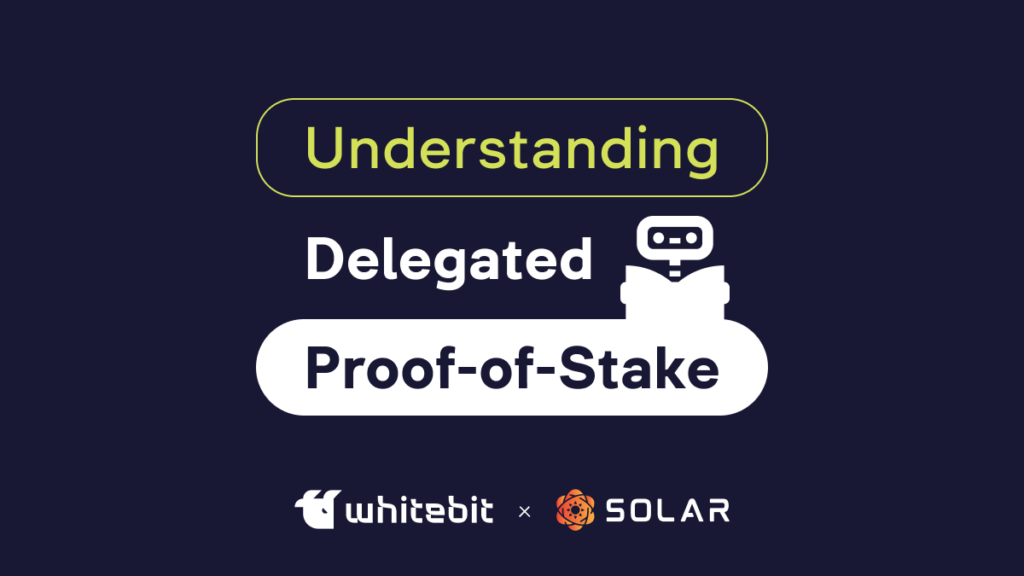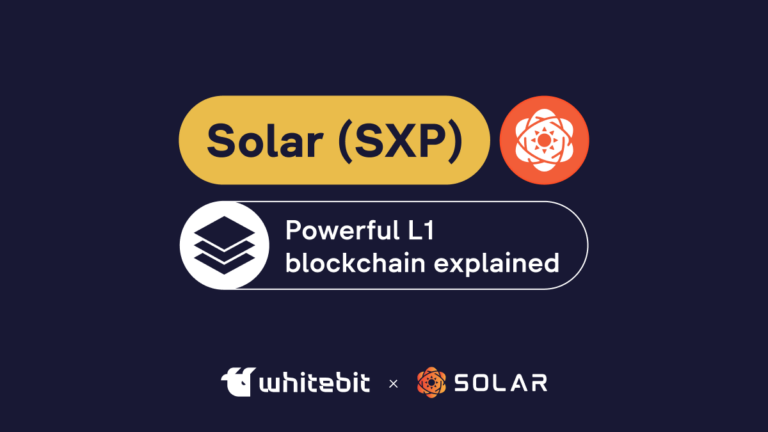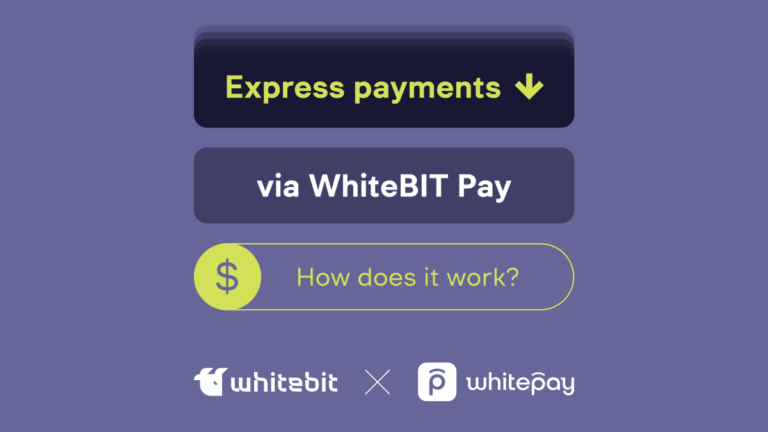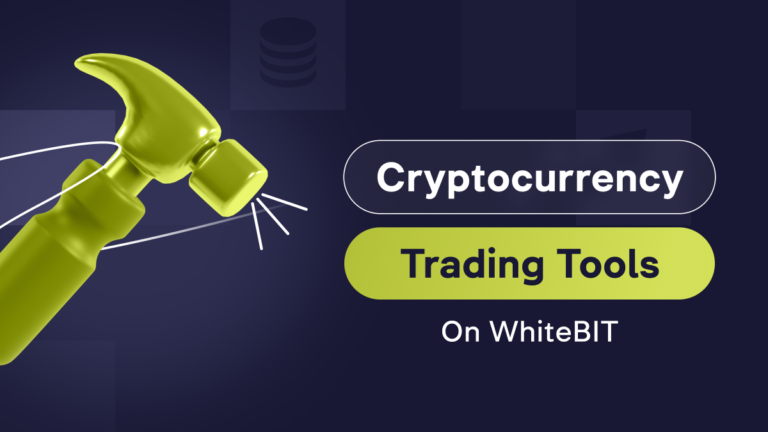What is Delegated Proof-of-Stake?

Content
In a recent collaborative article, we explored the Solar (SXP) project in-depth, providing insights into its unique aspects and potentials. Today, we continue our exploration, shifting our focus onto the consensus model that empowers Solar — the Delegated Proof-of-Stake (DPoS).
Delegated Proof-of-Stake (DPoS) is a consensus model that powers numerous blockchain networks today. A distinct variant of the broader Proof-of-Stake (PoS) consensus algorithm, DPoS aims to improve efficiency, scalability, and democratic representation in the blockchain validation process.
What is DPoS?
Delegated Proof-of-Stake is a democratic, flexible, and energy-efficient system that underlies the security and efficiency of a variety of blockchain networks. In the traditional PoW (Proof-of-Work) consensus model, anyone can become a miner and use significant computational resources to validate transactions and create new blocks. DPoS instead empowers coin holders to elect representatives (known as “witnesses” or “block producers”) to validate transactions and maintain the network on their behalf.
The DPoS system, developed by Daniel Larimer in 2014, is used by several prominent blockchains, including EOS, TRON, Solar, Cosmos, and Solana.
Below we outline the fundamental pillars of DPoS operation: voting, witnesses, and block producers.
Voting
Voting is a critical aspect of the DPoS mechanism. In a DPoS system, coin holders can vote for their preferred block producers, sometimes called delegates or witnesses. Voting power is linked to the amount of coins held in users’ crypto wallets. The more coins they hold, the more influence they have in the voting process.
This voting system offers two key benefits. Firstly, it enables broad participation, allowing all token holders to have a say in the network’s operation. Secondly, it incentivizes the chosen representatives to act honestly and efficiently, as they can be replaced in subsequent voting rounds if they fail to meet the community’s expectations.
Witnesses
The representatives elected through the voting process are known as “witnesses.” Witnesses play a crucial role in the DPoS algorithm: they are responsible for validating transactions and creating new blocks.
Each witness operates a node, working together to keep the blockchain running smoothly. They’re on the front line, maintaining the network’s integrity and stability. Their position isn’t permanent — it is dependent on the community’s continued trust. If a witness acts in a way considered dishonest or harmful to the network, they can be swiftly displaced and replaced in the next voting round.
Delegates
Delegates in the DPoS systems, although sometimes used interchangeably with witnesses, are more like political representatives — they don’t validate transactions or create new blocks. Instead, they propose and vote on changes to the network parameters, which can include transaction fees or block sizes.
Delegates essentially act as the community’s voice in matters of network governance, representing the interests of those who voted for them. This separation of roles – block production and governance – helps maintain a balanced, democratic, and effective network operation.
These three components — voting, witnesses, and delegates — work together to create a consensus mechanism that is both democratic and efficient, capable of handling large volumes of transactions while maintaining network integrity and security.
Advantages and disadvantages of DPoS consensus
While DPoS carries several advantages that make it a promising consensus model, it is important to recognize its potential limitations. Below, we explore the benefits and drawbacks of the DPoS model.
Pros
Efficiency and scalability. DPoS consensus model is highly efficient. The voting system and the limited number of block producers ensure faster transaction validation, enabling the blockchain to handle higher volumes and achieve better scalability than traditional PoW and PoS models.
Democratic governance. DPoS allows all token holders to participate in network governance indirectly. They can vote for their preferred delegates, giving the network a democratic character. This democratic principle extends participation beyond just the wealthiest stakeholders.
Environmental sustainability. Unlike the PoW consensus algorithm, DPoS does not rely on extensive computational power, making it far less energy-intensive and, thus, more sustainable.
Security. The elected delegates are incentivized to maintain good behavior and secure the network. Misbehaving nodes can be quickly replaced by others, contributing to the network’s overall security.
Flexible and decentralized structure. The separation of roles between delegates and block producers ensures a flexible governance structure that can adapt to the network’s evolving needs and values while maintaining decentralization.
Cons
Potential for centralization. While DPoS is designed to be democratic, there is a risk that voting power could become concentrated among a few large stakeholders, leading to centralization. This risk is inherent in any voting-based system.
However, this potential centralization is often mitigated in practice by the fact that block producers who do not act in the best interest of the network can be voted out by the community. Also, many DPoS-based blockchains put mechanisms in place to prevent this potential centralization.
Voter apathy. A common criticism of DPoS is the potential for voter indifference, where many token holders do not participate in the voting process. This could result in fewer active participants driving the network’s direction, which may undermine the democratic principles of the DPoS system.
Risk of Collusion. With DPoS, there is a risk that delegates could collude. If a group of delegates agrees to act in their self-interest rather than the network’s, it could harm the ecosystem.
To summarize, the DPoS consensus mechanism offers a promising balance of efficiency, democratic governance, and sustainability. As with any consensus protocol, ongoing development and network participation are key to mitigating drawbacks.
Difference from other consensus algorithms (PoS and PoW)
Understanding how consensus algorithms differ from each other is crucial for a comprehensive understanding of blockchain technologies. Below, we discover the unique characteristics of Delegated Proof-of-Stake (DPoS), Proof-of-Stake (PoS), and Proof-of-Work (PoW), highlighting their unique attributes, strengths, and potential drawbacks.
Delegated Proof-of-Stake vs. Proof-of-Stake (DPoS vs. PoS)
At their core, both DPoS and PoS use staking crypto — a commitment of resources — as a crucial element in their consensus algorithms. However, their approach to network validation and governance differs significantly.
In the traditional Proof-of-Stake model, all token holders who stake their coins can participate in block validation. Their likelihood of being chosen as a validator largely depends on the number of coins they stake and the duration for which these coins have been staked, commonly referred to as “coinage.” This setup ensures a degree of decentralization but may favor wealthier participants who can afford to stake larger amounts.
In contrast, Delegated Proof-of-Stake employs a democratic voting system. Token holders, irrespective of their stake size, can participate in the network’s governance by voting for representatives — known as delegates or witnesses.
These elected representatives are then tasked with validating blocks and maintaining the network. This approach gives smaller stakeholders a say in network governance and helps prevent power centralization.
DPoS vs. PoW: The Differences
Comparing Delegated Proof-of-Stake with Proof-of-Work, one finds significant differences in operation, resource requirements, and environmental impact.
Proof-of-Work, the consensus algorithm used by Bitcoin and several other early cryptocurrencies, relies heavily on computational power. Miners compete against each other to solve complex mathematical problems — the “work” — and the first to find a solution validates the block and receives a block reward.
This process, however, requires substantial computational resources and electricity, contributing to significant carbon emissions and raising sustainability concerns.
On the other hand, Delegated Proof-of-Stake achieves consensus through elected representatives, sidestepping the need for intensive computational resources. As such, DPoS is markedly more energy-efficient and sustainable, aligning better with contemporary concerns about environmental impact and climate change.
Moreover, Proof-of-Work networks can be vulnerable to “51% attacks,” where a single entity gaining control of 51% of the network’s mining power could manipulate the blockchain maliciously. DPoS, with its system of witnesses and voting, provides mechanisms to prevent such centralized control, improving overall network security.
In conclusion, while PoS and PoW are vital stepping stones in evolving blockchain consensus algorithms, DPoS represents a next-generation solution. Delegated Proof-of-Stake offers a scalable, democratic, and sustainable alternative to its predecessors.
With platforms like Solar or EOS harnessing the potential of DPoS, the future of blockchain consensus algorithms looks promisingly green and inclusive.
Delegated Proof-of-Stake Blockchain Examples
Numerous blockchains have adopted the DPoS consensus mechanism, each implementing it differently to suit their unique needs and objectives. Here are a few notable examples.
Solana
Solana employs a unique variant of DPoS combined with its Proof-of-History (PoH) consensus mechanism. This innovative combination of Solana DPoS and PoH enables to process of transactions with minimal latency, supporting a remarkable capacity of up to 65 000 transactions per second. It’s particularly favored in applications that require high throughputs and low latency, such as decentralized exchanges and scalable decentralized applications.
EOS
EOS utilizes DPoS to facilitate high-speed transactions and robust on-chain governance. EOS focuses on providing an architecture capable of supporting large-scale decentralized applications (dapps), offering a highly scalable platform with minimal fees and flexible utility.
Solar
Solar is a Layer 1 Blockchain Framework that leverages DPoS for its consensus. The central role of Solar is its native coin, SXP, that enhances the democratic and decentralized control of the network in the voting process. SXP holders can vote for Solar block producers using the Solar Desktop wallet. Each SXP coin represents one vote. Unlike traditional staking, the user’s funds are not locked, and SXP coins can be added or removed from the voter’s wallet anytime.
The integration of Solar Core into its DPoS system enhances network security by reducing the likelihood of nodes missing blocks and mitigating common vulnerabilities associated with traditional PoW blockchains, such as 51% attacks and high energy consumption.
TRON
TRON has implemented DPoS with a strong emphasis on democratic governance. In TRON’s system, token holders vote for “super representatives,” who take on network governance and block production responsibility. This model ensures every token holder has a say in the platform’s future development and direction.
Cosmos
Cosmos leverages a version of DPoS within its Tendermint consensus algorithm, contributing to its vision of creating a scalable, interoperable “internet of blockchains.” The integration of DPoS allows for rapid transaction validation, maintaining network security while supporting its broad scalability objectives.
Conclusion
DPoS represents an important evolution in blockchain consensus mechanisms. By enabling more democratic and efficient validation processes, DPoS offers a promising path toward developing scalable, sustainable, and inclusive blockchain networks. Through ongoing refinement and innovation, DPoS holds the potential to drive the next generation of blockchain technology.








